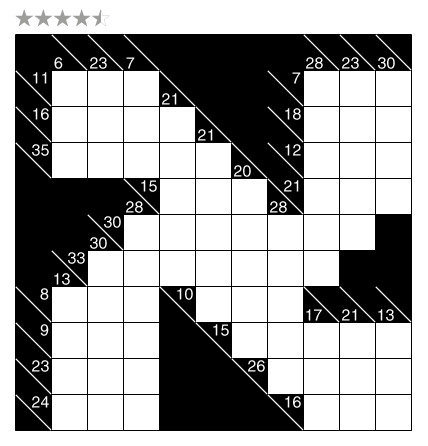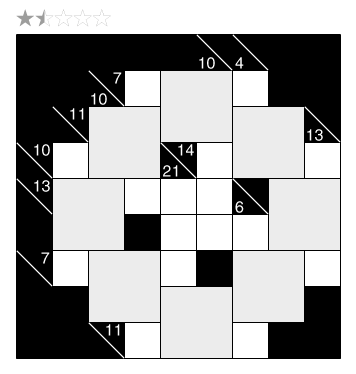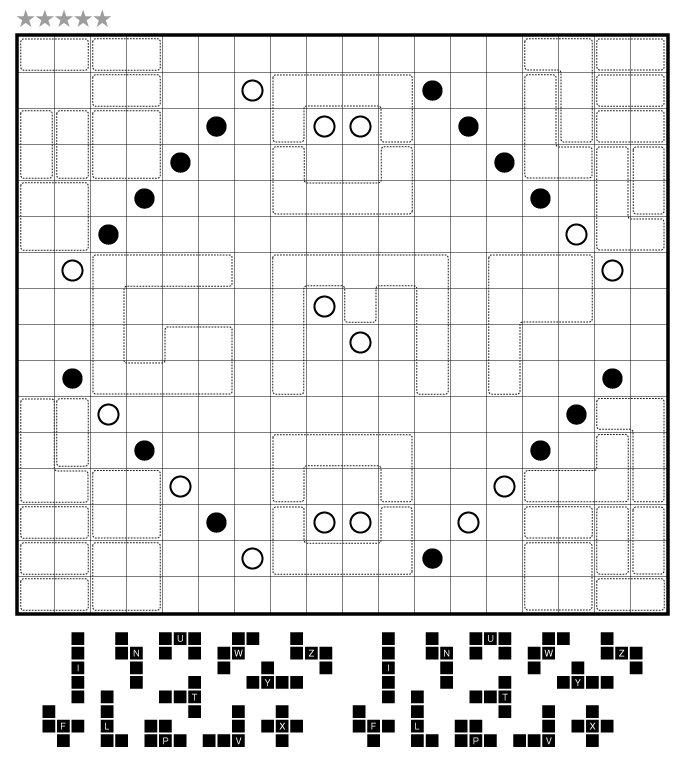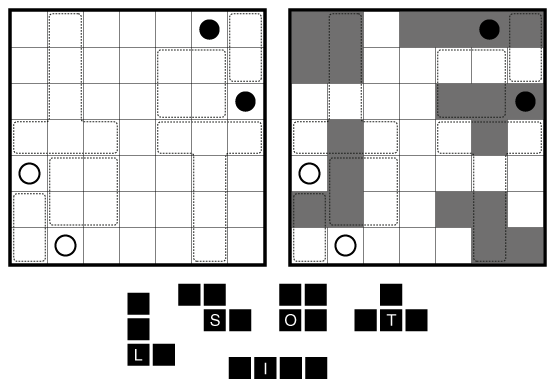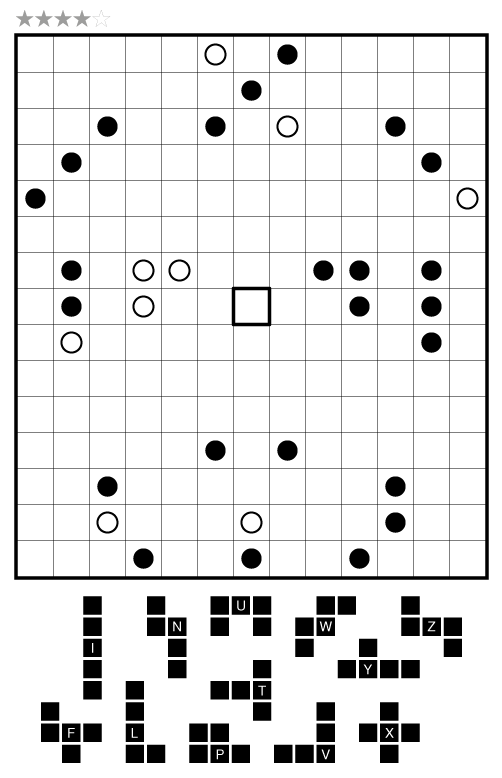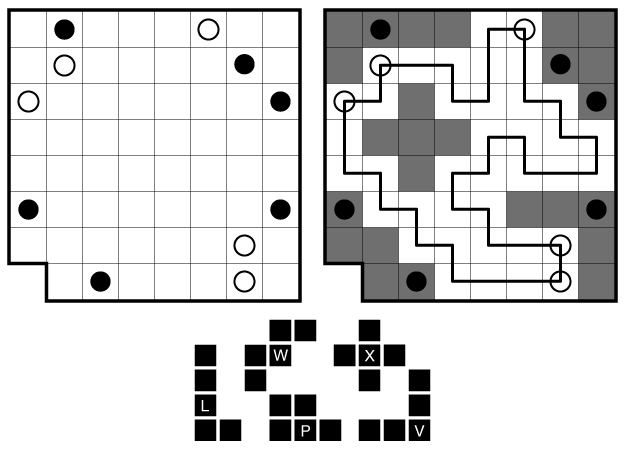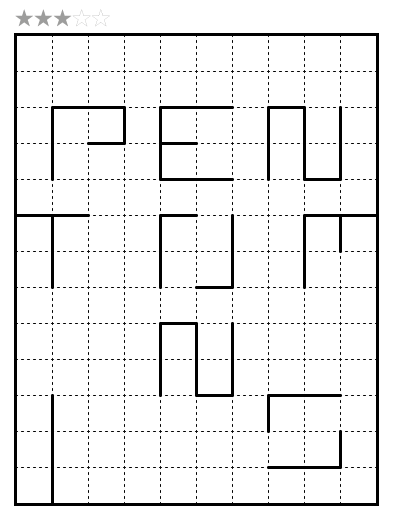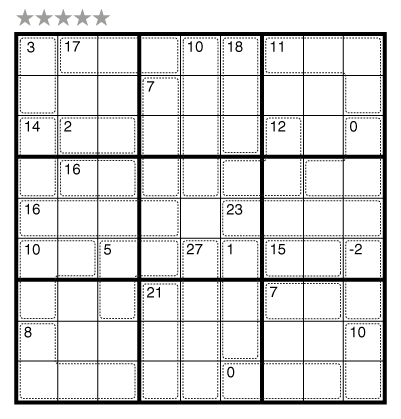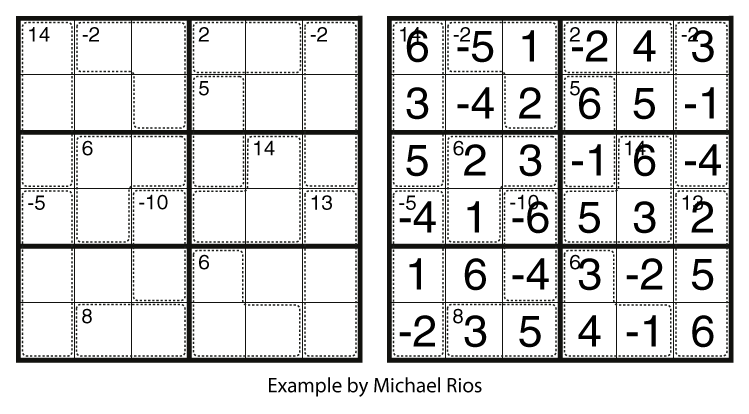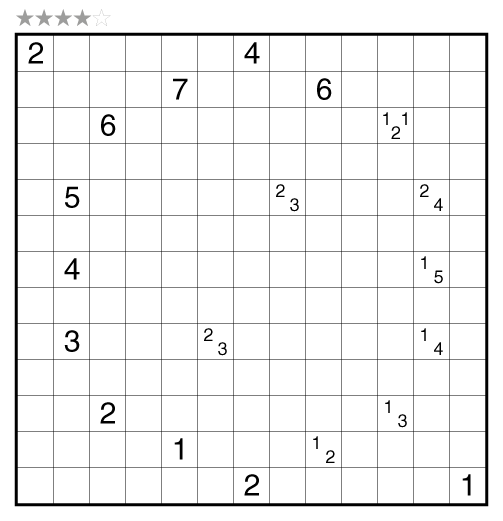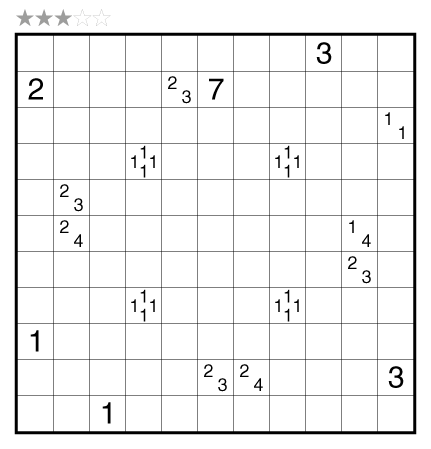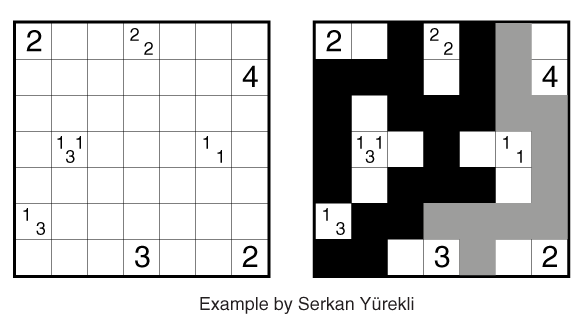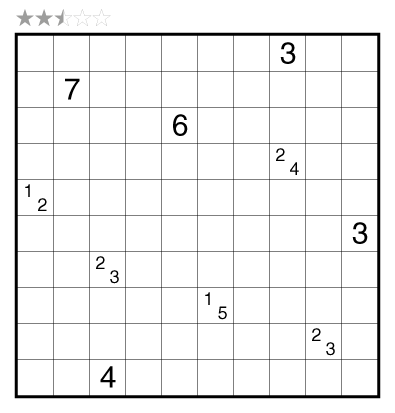Myopia by Ashish Kumar
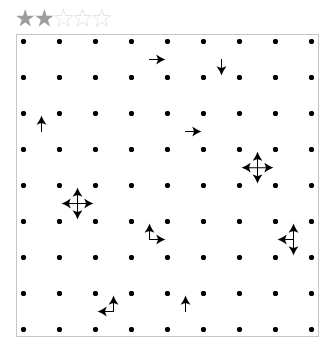
or solve online (using our beta test of Penpa-Edit tools; in default edgex mode: left-click+drag draws line, right click marks X on edge)
Theme: Twin Tornadoes
Author/Opus: This is the 65th puzzle from our contributing puzzlemaster Ashish Kumar.
Rules: Draw a single, non-intersecting loop that only consists of horizontal and vertical segments between the dots. The arrow clues indicate all the directions (up, down, left, and right) where the nearest loop segments are located when looking from that square.
Also, see this example:
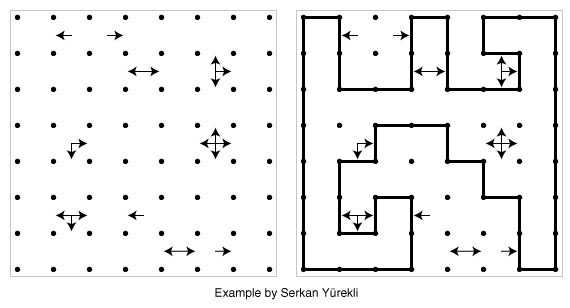
Difficulty: 2 stars
Time Standards (highlight to view): Grandmaster = 1:20, Master = 2:15, Expert = 4:30
Solution: PDF; a solution video is also available here.
Note: Follow this link for other Loop/Path puzzles. The puzzle styles featured this week are part of the book Loop Variety Collection by Ashish Kumar and Murat Can Tonta.

